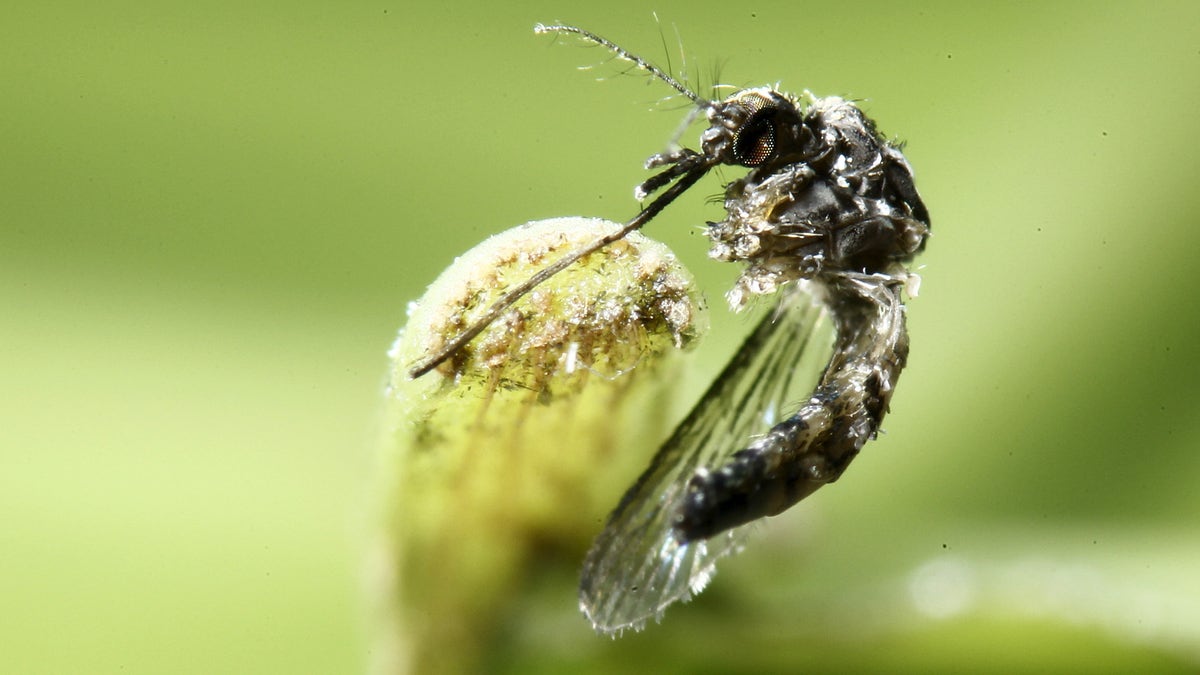
An aedes aegypti mosquito is pictured on a leaf in San Jose, Costa Rica February 1, 2016. (REUTERS/Juan Carlos Ulate)
As the weather warms up, you and your family will probably be spending more time enjoying the great outdoors. After all, the summer brings more opportunities for you to camp, hike, swim, and bike. Before going outside, though, be sure to protect yourself from both the Zika virus and Lyme disease this summer.
Although there have not been ongoing outbreaks of Zika recently, you should still take precautions against it. This virus is spread easily through infected mosquitoes, and some people don’t realize its effects for months. During the summer months, the mosquitoes can breed and multiply quickly, increasing the chances of spreading disease.
According to recent research, the CDC has also linked the Zika virus to an increase in birth defects, especially microcephaly. In fact, birth defects were 20 times more likely in pregnant women who had contracted the virus. If you’re pregnant and living in affected areas, you’ll need to take extra precautions.
Since Zika spreads through mosquitoes, areas that have high humidity and warmer temperatures are the most at-risk. The US has seen the virus primarily in Florida and Texas. Especially if you’re pregnant, you should avoid traveling to these areas, specifically to Miami and Brownsville.
According to the World Health Organization, those infected with Zika will need plenty of rest and fluids. Since there are no treatments or vaccines for the virus, patients simply have to treat the symptoms and relieve pain.
On the other hand, you can prevent from getting the virus. Wear light clothing that covers much of your skin and use insect repellant during the summer months. You should also keep doors closed or use window screens to keep mosquitoes out of your home.
Zika can also be transmitted sexually. In high-risk areas, you should take care to use contraceptives and ask for medical counsel when choosing whether to get pregnant.
During summer months, you and your family have a greater risk of getting Lyme disease because it is transmitted through small ticks. Typically, a person who has contracted the disease will have fever, fatigue, and a rash, among other flu-like symptoms.
Last year, the CDC reported a new species of bacteria that causes Lyme disease. Up until then, researchers only recognized one bacteria species that carried the disease. While the new species causes most of the same symptoms as the old one, it also adds nausea and vomiting to the list. At the same time, it produces a rash that spreads out more rather than resembling a bullseye.
In 2017, professionals expect cases of Lyme disease to rise, partially because of an increase in disease-carrying mice. This projection calls for heightened awareness about the problem in the US.
Most cases of Lyme disease come from states in the Northeast and Midwest. These states include Maine, Delaware, New Jersey, New York, and Pennsylvania, although this list is not comprehensive. Be sure to check for the risk in your area and follow prevention guidelines set forth by the CDC.
To prevent from getting Lyme disease, you should take care to keep ticks off you and your pets. First, apply insect repellant with DEET before going outside. Then, avoid areas where ticks are likely to live, such as in tall grass and woods. When you do come inside for the day, look for ticks on your body and clothing and remove any that you find immediately. The CDC also recommends throwing your clothes into the dryer for 10 minutes to kill any hidden ticks.
If you suspect that you have Lyme disease, you should see your doctor right away. Since the disease will progress, you could suffer from damage to the nervous system or the heart if not treated quickly. Caught early, you’ll receive antibiotics to combat the effects of the disease and should have few repercussions.
The key to protecting you and your family from Zika and Lyme disease is prevention. Especially in high-risk areas, you should take proper precautions, such as using insect repellant and avoiding tall grass or standing water. Then, you can enjoy the outdoor sunshine without much concern for these diseases.
